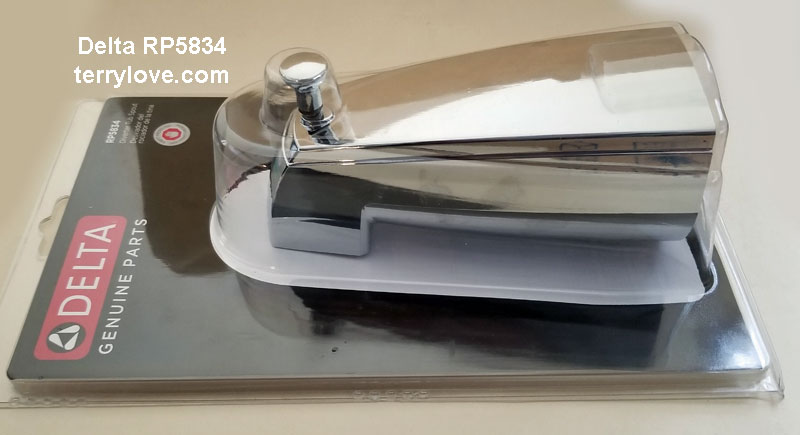Pat Furrie
New Member
We're trying to finish a bathroom remodel, and now is the time to install the tub spout. The fitting in the wall is threaded, and the spout is a front-threaded type, part of the Delta "Porter" (144984-BN-A) set.
Have tried a 5.5" galvanized 1/2" nipple... too long, with the spout about 1/4" away from the wall tile. A 5" nipple is too short; the nipple can't reach the threads inside the spout.
Out of desperation, I got two shorter nipples and a coupling. The length ended up at ~5.25 "... should be perfect, I thought.
When I screw on the spout, it stops turning when it reaches the wall, but the spout is about 270 degrees short of facing down.
I'm thinking I'm doing this wrong. I can't get three conditions to converge: have the spout reach the wall, have the spout oriented correctly (down), and have the pipe be tight enough that it won't leak.
There has *got* to be a better way.
Have tried a 5.5" galvanized 1/2" nipple... too long, with the spout about 1/4" away from the wall tile. A 5" nipple is too short; the nipple can't reach the threads inside the spout.
Out of desperation, I got two shorter nipples and a coupling. The length ended up at ~5.25 "... should be perfect, I thought.
When I screw on the spout, it stops turning when it reaches the wall, but the spout is about 270 degrees short of facing down.
I'm thinking I'm doing this wrong. I can't get three conditions to converge: have the spout reach the wall, have the spout oriented correctly (down), and have the pipe be tight enough that it won't leak.
There has *got* to be a better way.

